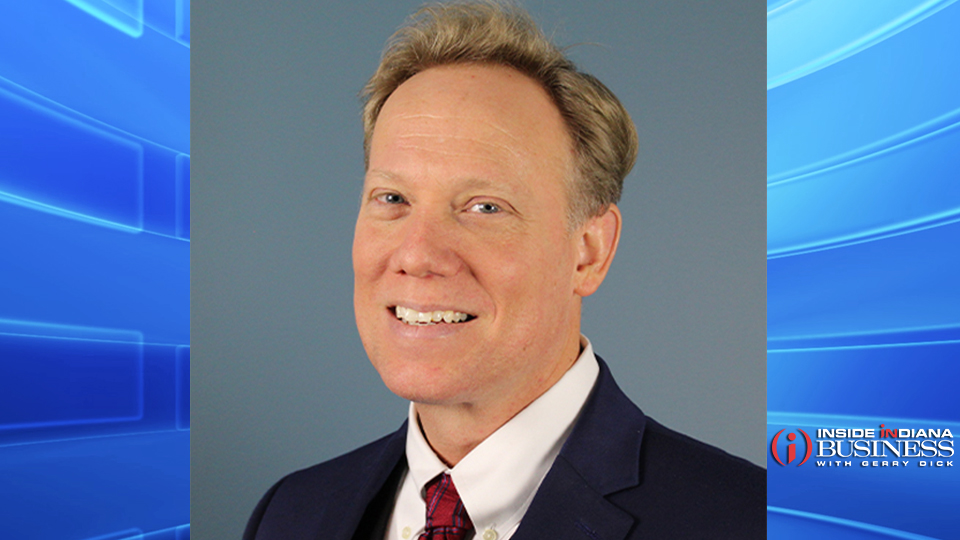A new horizon for substance use treatment
Subscriber Benefit
As a subscriber you can listen to articles at work, in the car, or while you work out. Subscribe Now
For decades, the treatment of substance use disorder (SUD) was viewed like other health care services, focusing on the short-term clinical aspects of addiction but not encompassing the long-term importance of social factors and peer support. Much has changed over the intervening years, and a new horizon is arriving in which doctors, therapists and other clinicians are incorporating social recovery into the codification of their treatment criteria.
The American Society of Addiction Medicine (ASAM) was founded in 1954 and today represents more than 7,000 physicians, clinicians and credentialed professionals in addiction. Their criteria for levels of care, first published in 1991, has become the gold standard for the industry. The current scale ranges from 0.5 for prevention and early education up to 4.0 for intensive inpatient treatment, usually hospitalization after an overdose or other crisis event.
Later this year, a new ASAM scale will be adopted that is more holistic and incorporates recovery support services. Letters will be used instead of numbers for simplicity and clarity – S for supervised and M for monitored care, for example. For the first time, it will also include peer coaches and recovery specialists in the treatment planning. These are non-clinicians who have deep experience in the recovery field and often have struggled with SUD themselves.
Darrell Mitchell, Vice President of Recovery Communities for Aspire Indiana Health, was involved in drafting the new ASAM criteria. He also serves as President of the National Alliance for Recovery Residences (NARR), a nonprofit association of 4,500 recovery houses where more than 35,000 people in recovery live across the U.S.A.
Studies have shown that people with SUD receiving medical and/or mental health services alone weren’t doing well, Mitchell says. Success rates for completion of programs was low and relapse was high. But the data shows they do much better when surrounded by others who have walked down the same addiction path they did.
“Medical professionals now see the benefit of utilizing people with lived experience to increase the patients’ recovery capital, which in turn has increased success rates,” he says. “About three years ago, ASAM and NARR began talking about bundling services to include recovery residents into treatment planning.”
Industry standards generally indicate less than 10 percent success rate for long-term recovery upon initial treatment, Mitchell says. Aspire recovery facilities, which incorporate social recovery and peer support at every level, have increased from 28% success rate – already well above the national standard – to 60 percent, which are extremely encouraging results.
Aspire uses a model it calls the Whole Health Recovery Continuum, incorporating a broad array of health care and social support services including onsite medical and behavioral professionals. The continuum includes the Mockingbird Hill Recovery Center, Progress House recovery residence and Next Step transitional apartments. Residents at all these facilities engage in extensive peer-to-peer interactions, from support groups and mutual aid meetings to individual sponsorship.
“Peer-based services have been widely studied and show highly effective, positive outcomes,” says Beth Fisher Sanders, Founder and CEO of Hope Recovery Services and a 35-year expert in the recovery field. “Peers are relatable helpers with the same experience for which individuals seek help. They provide hope and a pathway to healing through their lived experience, rather than authoritative directives.
“People are much more likely to seek a pathway they can see is attainable because a peer has done it rather than simply adhere to a prescribed pathway based on clinical advice of what ‘should’ be done.”
The new ASAM criteria has already been through final review and will be published in the second half of 2023.
Sanders says the new criteria defines what recovery support services look like – peer services, recovery residences, recovery community organizations – and confirms their importance in a comprehensive continuum of care to facilitate recovery. Their inclusion should help open a previously restricted spigot of reimbursement for these services through traditional and government-backed insurance.
The new ASAM rules are just part of the ongoing sea change in how the U.S. responds to the specter of addiction.
To address the spike in overdose deaths that began during the COVID pandemic, Congress passed the Excellence in Recovery Housing Act in late 2021, which promotes the availability of high-quality recovery housing through the federal Substance Abuse and Mental Health Services Administration (SAMHSA), working in conjunction with state agencies to establish standards and best practices.
Another important development is I-STARR, a national recovery housing and support research advisory board that was funded by the National Institute of Mental Health. Their project team of leading recovery and housing experts, researchers and biostatisticians is working with NARR and other groups to develop training webinars for non-clinical recovery staff and help identify funding and research needs for the recovery field.
For too long, recovery leaders like Mitchell and Sanders say the treatment of addiction has been siloed in the health care industry, regarded as a condition requiring ‘acute’ care – intensive, short-term treatment – rather than a ‘chronic,’ persistent disease necessitating an ongoing continuum of care. Acute treatment for SUD was funded, whereas chronic services were not.
Now, a new day has arrived in which clinicians are embracing the proven track record of a continuum of care that incorporates a holistic approach to treatment encompassing a range of health care disciplines and social support structures.
